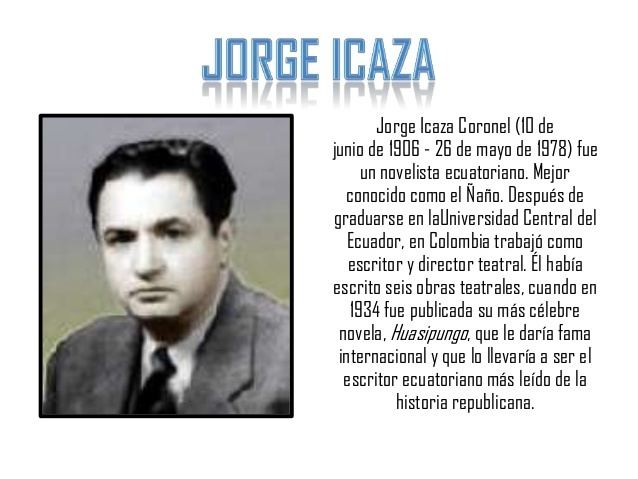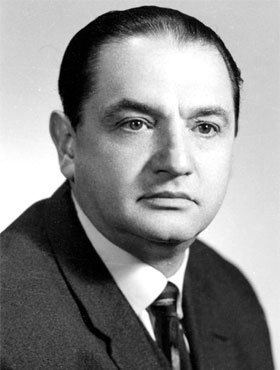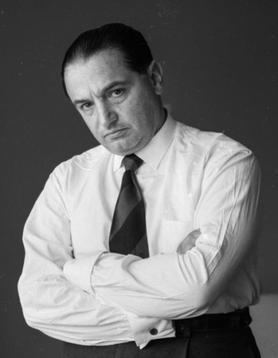Pen name Jorge Icaza Spouse Marina Moncayo Occupation Writer Name Jorge Coronel | Nationality Ecuadorian Role Writer Genre Social Realism | |
 | ||
Books Huasipungo, El Chulla Romero Y Flores, The Villagers, Cabuyas Similar People Jose de la Cuadra, Joaquin Gallegos Lara, Demetrio Aguilera Malta, Pablo Palacio, Alfredo Pareja Diezcanseco | ||
Lalangui jorge icaza coronel
Jorge Icaza Coronel (June 10, 1906 – May 26, 1978), commonly referred to as Jorge Icaza, was a writer from Ecuador, best known for his novel Huasipungo, which brought attention to the exploitation of Ecuador's indigenous people by Ecuadorian whites.
Contents

He was born in Quito in 1906 and died of cancer in the same city in 1978.

4to comun c jorge icaza coronel
Playwright

Jorge Icaza’s literary career began as a playwright. His plays include El Intruso in 1928, La Comedia sin Nombre in 1929, Cuál es in 1931, Sin Sentido in 1932, and Flagelo, which was published in 1936. After his 1933 playscript, El Dictador, was censured, Icaza turned his attention to writing novels about the social conditions in Ecuador, particularly the oppression suffered by its indigenous people.
Novelist

With the publication of Huasipungo in 1934, Jorge Icaza Coronel achieved international fame. The book became a well-known "Indigenist" novel, a movement in Latin American literature that preceded Magical Realism and emphasized brutal realism. Fragments of the book first appeared in English translation in Russia, where it was welcomed enthusiastically by Russia's peasant socialist class. Jorge Icaza was later appointed Ecuador's ambassador to Russia.
The first complete edition of Huasipungo was translated into the English language in 1962 by Mervyn Savill and published in England by Dennis Dobson Ltd. An "authorized" translation appeared in 1964 by Bernard H. Dulsey, and was published in 1964 by Southern Illinois University Press in Carbondale, IL as "The Villagers".
His other books include Sierra in 1933, En las calles in 1936, Cholos in 1938, Media vida deslumbrados in 1942, Huayrapamushcas in 1948, Seis relatos 1952, El chulla Romero y Flores in 1958, and Atrapados, which was published in 1973. Although the latter two books are recognized as Jorge Icaza’s greatest literary achievements by experts (such as Theodore Alan Sackett), Huasipungo continues to be Icaza’s most popular book and has been translated to over 40 languages.
Impact
Jorge Icaza and Huasipungo are often compared to John Steinbeck and his Grapes of Wrath from 1939, as both are works of social protest. Besides the first edition of 1934, Huasipungo went through two more editions or complete rewritings in Spanish, 1934, 1953, 1960, the first of which was difficult for even natives of other Hispanic countries to read and the last the definitive version. This makes it difficult for the readers to ascertain which version they are reading.
Besides being an "indigenista" novel, Huasipungo has also been considered a proletarian novel, and that is because Latin America had to substitute the Indians for the European working class as a model or character of proletarian literature.
Icaza became internationally popular based upon his publications, and was invited to many colleges in the United States to give lectures on the problems of the indigenous people of Ecuador.
